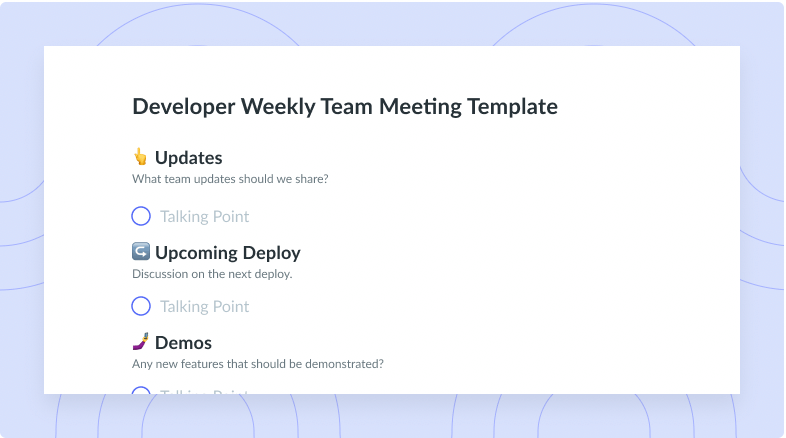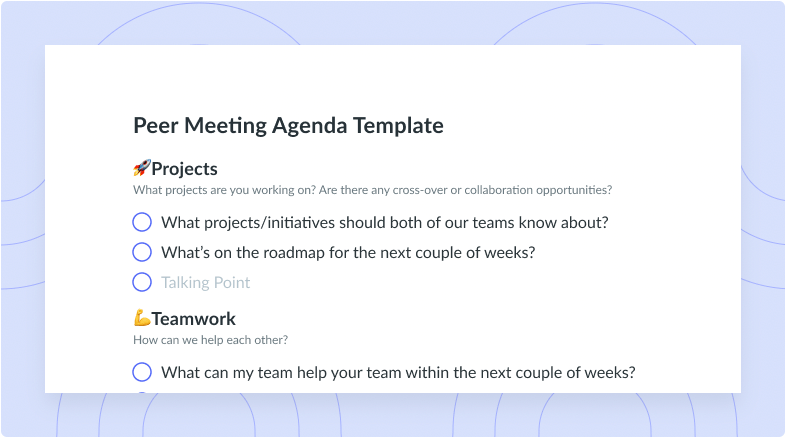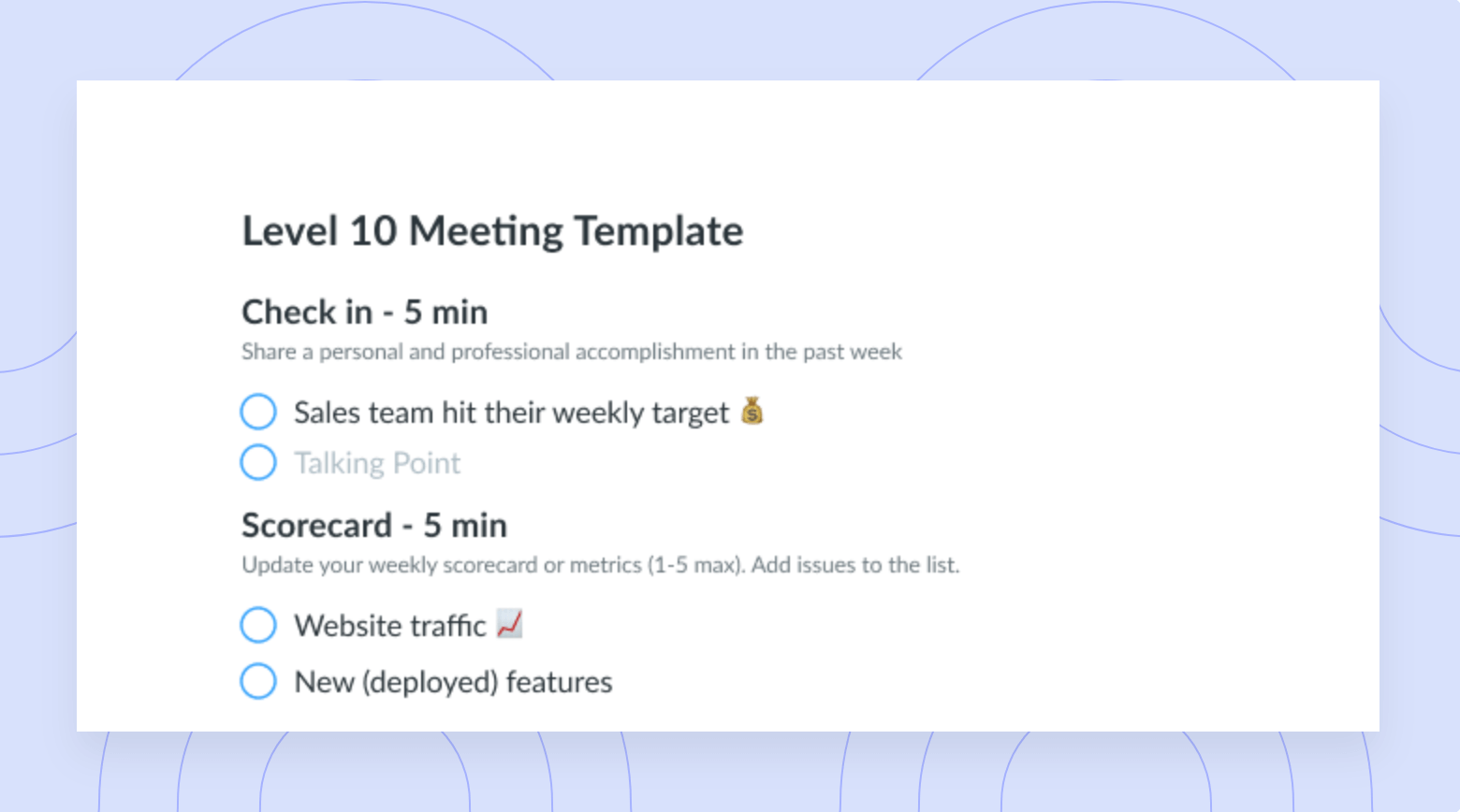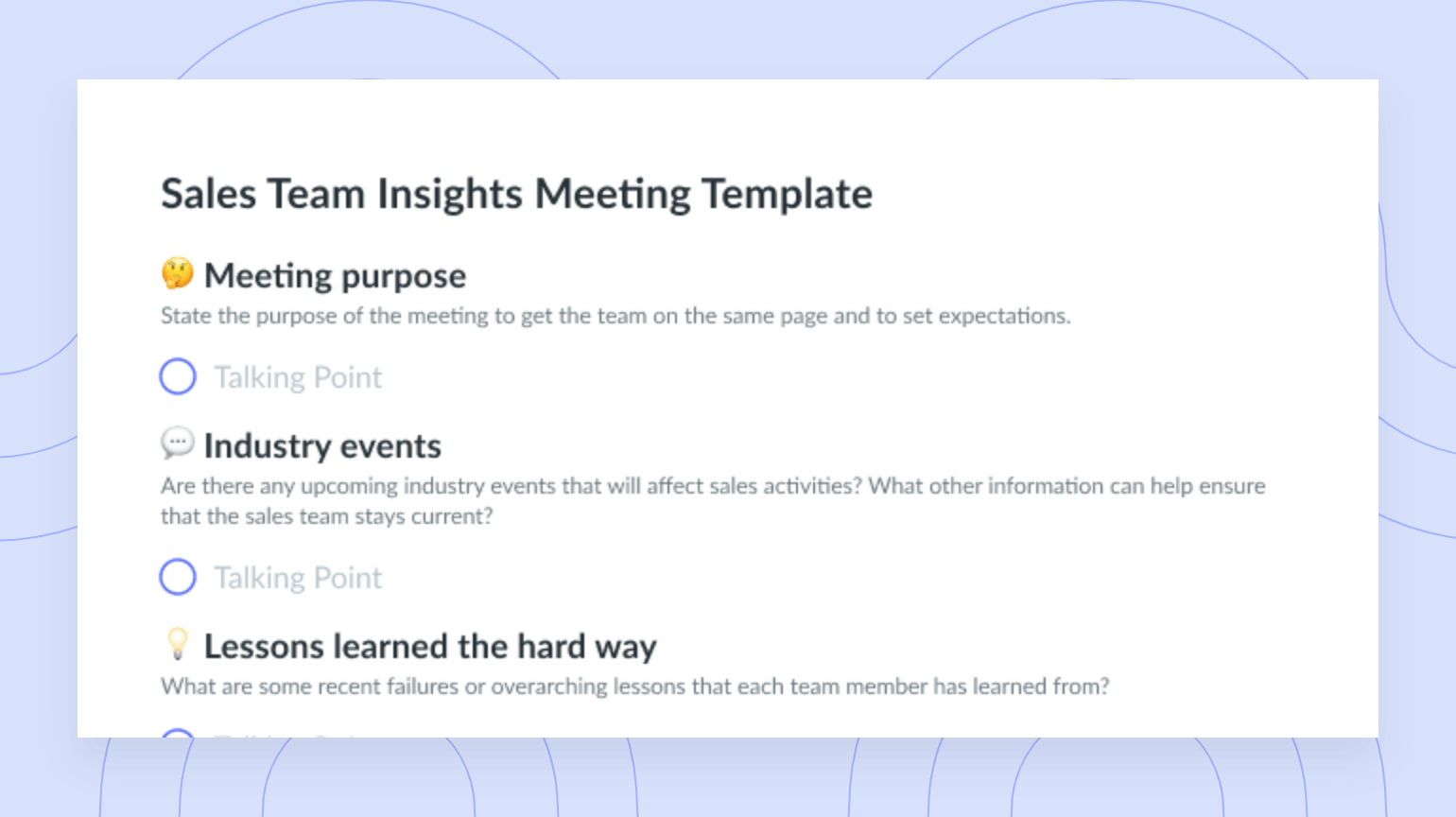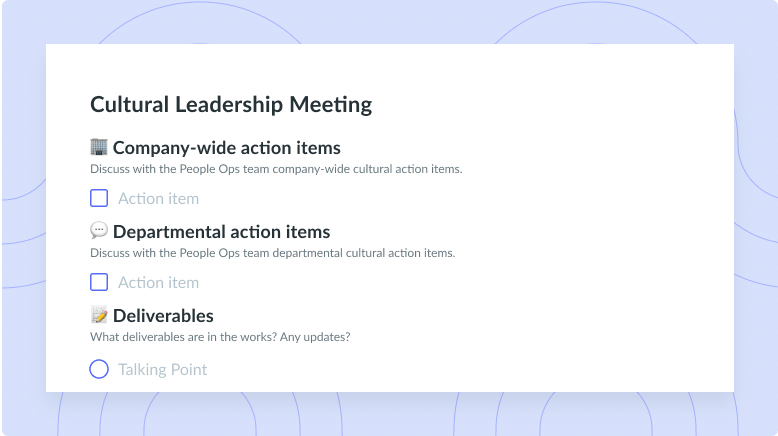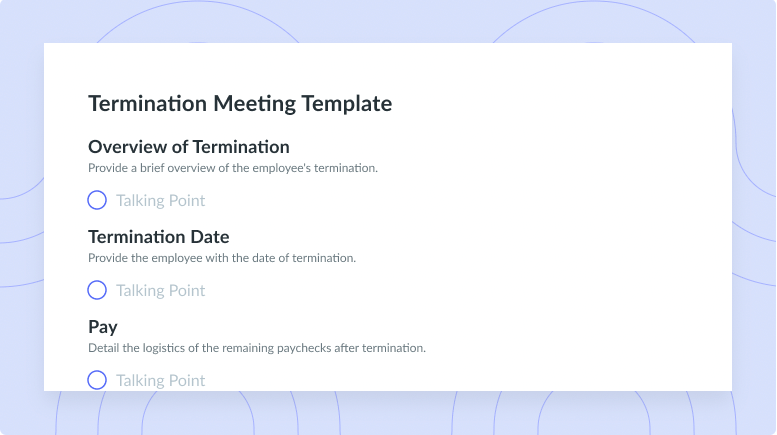5 Stages of Team Development: Helping Your Team Thrive
Strong teams help companies succeed, but they don’t form organically. Great leaders develop them.
And it’s not a one-step process between development and team success. Most groups experience several stages before becoming cohesive and productive.
Read on to learn how to effectively lead your team through the five stages of team development.
- The five stages of team development explained
- How leaders can assist team development: 5 tips
- Foster team development with Fellow
The five stages of team development explained
1Forming
In this initial stage, teammates meet and begin forming relationships. People are often polite and excited but unsure of their roles and responsibilities. Everyone likely feels eager to learn more about the team’s goals and nervous about whether their capabilities align with the group’s needs.
Leaders should set clear communication and project expectations from the get-go to ease some of these concerns. This ensures all parties understand how to contribute effectively and collaborate.
Fellow’s 500+ ready-to-use meeting agenda templates simplify expectation-setting. Share these meeting outlines before team chats and use Fellow’s Streams tool to centralize and collaborate on meeting notes so everyone feels well-informed about next steps.
2Storming
Now, team members start collaborating—but not cohesively at first. Conflicts often arise in this stage as each person asserts themselves and solidifies their place within the broader group. And shyer employees might feel disgruntled, struggling to make themselves heard among the noise. Team leaders must manage and minimize these conflicts to build cohesion.
Providing real-time feedback using Fellow’s 360 feedback tool allows leaders to address concerns and refocus members on their goals when disputes arise. Distributing responsibilities using tools like Asana also ensures each team member understands their responsibilities and minimizes competition over who will complete each task.

Run efficient meetings, come to a decision, and get back to work
Level up your meeting habits to boost engagement and productivity with a collaborative meeting agenda. Try a tool like Fellow!
3Norming
In the norming stage, team members grow used to collaborating and embrace the established culture and norms they’ve developed together. Collaboration is easier as everyone becomes more familiar with their peers (like discovering each person’s strengths, weaknesses, and communication styles). Increased comfort levels also mean employees feel welcome to share outside-the-box ideas, leading to more innovative solutions and better problem-solving.
At this stage, you might push your team a little, now that they’re more comfortable. For instance, while your team is getting acquainted, you might not introduce a new tool (perhaps Fellow’s “Ask Copilot” feature). But now, you could do so to get them out of their comfort zone and improve their productivity.
4Performing
Comfort levels are high, norms are established, and your team is willing to push themselves to produce great work—they’re performing at full potential. At this stage, the team’s reach is felt organization-wide as they complete project milestones and deliver on the initiative’s promises.
Help your team by using Fellow’s action item tracking feature so you can recognize everyone’s achievements. Doing so keeps momentum going and helps you notice and promptly handle roadblocks so they can continue performing without hiccups.
5Adjourning
In this final stage, all project objectives are complete, and your team either disconnects to work on other things or starts a new initiative together. But before everyone moves on, have your team conduct a project post-mortem to discuss what went well, what didn’t, and how they might improve next time. You could also use Fellow’s exit interview template to gain qualitative feedback on everyone’s experience working together (and your leadership throughout the process).
How leaders can assist team development: 5 tips
As a company leader, it’s your responsibility to set your teams up for success. That’s a lot of pressure—but following these five tips will help.
1Establish broad team goals
Align every team in your organization with overarching goals that give them a shared purpose and sense of community. You can do this by crafting mission, vision, and purpose statements with fellow leaders:
- A mission statement answers the “How?” of your company, defining how you’ll achieve your purpose.
- A vision statement expresses a lofty vision of what you’d like to happen as your company matures.
- A purpose statement answers your company’s “Why?” It’s the reason you exist and is often aligned with leadership’s core values.
Here’s an example for a project management company:
- Mission: To streamline project workflows to ensure timely and successful completion.
- Vision: We envision a world where every project is delivered with excellence and ease.
- Purpose: We exist to simplify the complexity of project management for our clients.
2Help your team get acquainted
Leaders minimize conflict during the storming stage by helping those working together recognize and value their peers’ strengths. Here are a few ways to do this:
- Team-building activities
- Personality tests
- Knowledge-sharing sessions
You might ask direct managers to attend these activities and review personality tests so they better understand their team, too. This helps them create employee development plans and better handle conflict, as they can adjust their conflict resolution style for each person.
3Delegate responsibilities based on individual strengths
Another advantage of getting to know your team better is that you can strategically delegate tasks. This doesn’t always mean delegating based on strengths. Especially in stages three and four, you can push people’s boundaries by assigning tasks they’re less comfortable with so they can strengthen weak areas. This way, you build a more resilient and well-rounded group.
4Schedule regular one-on-ones
Employees might not always feel comfortable voicing concerns in a group—especially if team members are fairly new to each other. Ask direct managers to schedule regular one-on-ones to better understand how everything’s going. This also helps managers craft personal development plans so each team member’s goals aren’t lost among the crowd.
5Organize a quarterly feedback meeting
Whether team members are transitioning to other roles or into a different project, leaders should use the adjourning stage to gather feedback. Schedule quarterly meetings to assess how teams in various development stages are doing. You might not attend these (unless you’re overseeing a high-level project), but you can ask direct managers to use a standardized template for each stage their teams are in. So, all managers will use the same template to assess teams in the norming stage, for instance, and one for storming groups. This makes it easier to compare results.
Once they’ve made their assessments, gather your leadership team to discuss how you can handle each stage even better. Perhaps the financial department’s team-building exercise is more effective than the marketing team’s. You can start using this for all forming teams across the organization and assess again in three months.
Foster team development with Fellow
No matter the stage your team is in, you can support them by offering tools that make their lives easier. Fellow is one such tool.
With Fellow, you’ll enjoy real-time AI meeting transcripts, post-call summaries, and optimized agendas attached to every calendar meeting event. Plus, Fellow helps you optimize your schedule to ensure you’re not wasting time (and resources) on calls. And if you must miss a meeting, that’s fine—you can review the meeting minutes in your centralized team hub. Improve your team’s ability to collaborate, communicate, and complete work—all with one tool.


![Hosting 1:1s as a CEO: 9 Best Practices [+ Free Templates]](https://fellow.app/wp-content/uploads/2023/01/Hosting-one-on-ones-as-a-CEO.jpg)







